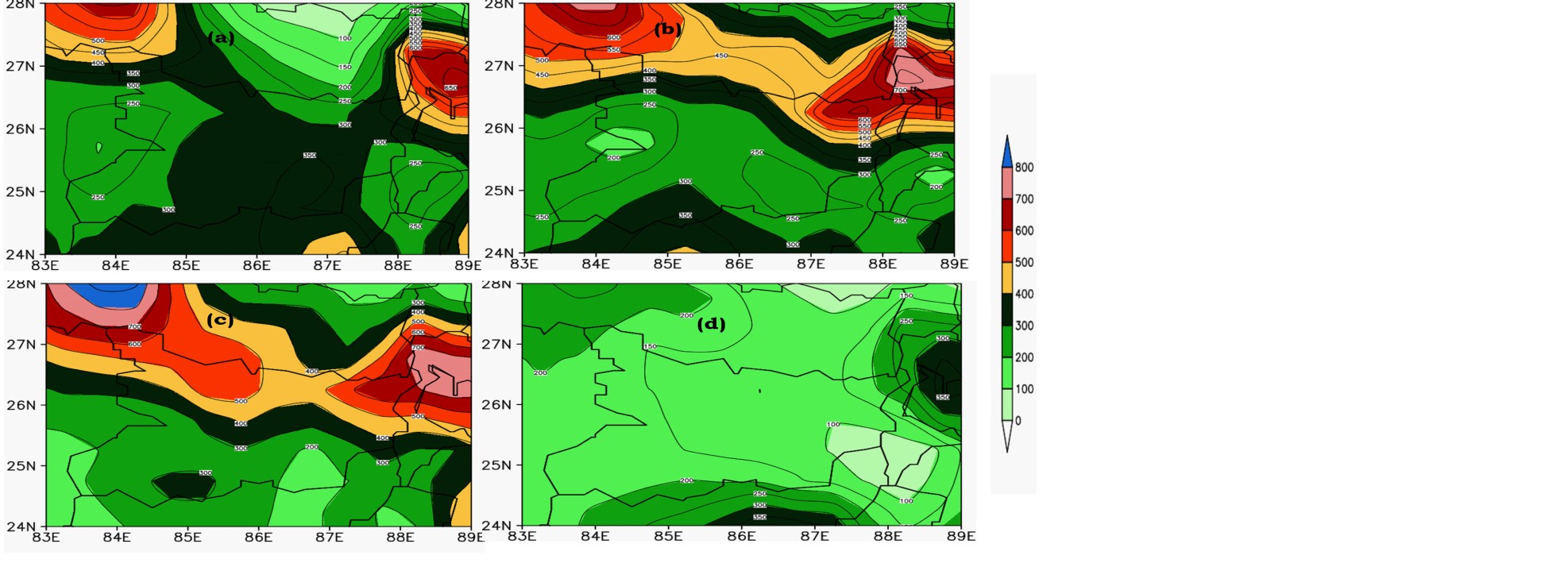Fluctuations of heavy rainfall association parameters over Bihar, India
Main Article Content
Abstract
Heavy rains are not uncommon in India. A substantial amount of precipitation frequently falls in a short period of time, increasing the risk of severe flooding and landslides. These heavy rainfall events result in severe damage to crops, livestock, buildings and infrastructure. Forestry crops are at a high risk when there is heavy rainfall combined with strong winds. Strong winds, hail and torrential rain are among well-known effects of convective systems. In the Bihar region, convective systems are the main cause of precipitation during the monsoon season. Throughout the year, there are seasonal variations in where it rains. During the monsoon season, Bihar is frequently vulnerable to these systems. In recent years, there have been increasingly frequent heavy rainfall occurrences over North India. The characteristics associated with high rainfall are taken into consideration in our study to examine these systems. June, July, August and September months are known as the monsoon season (MNSS). The MNSS precipitation patterns are crucial because they affect many different crop-related operations across the nation. The mean rainfall for MNSS has been analyzed for the Bihar region for the year 2021. Total precipitable water (TPW), Show alter index (SWI), Total Totals Index (TTI), K index (KI), Excessive precipitation with enhanced convection (EPEC) are investigated over Bihar region during MNSS of 2021. A strong chance of convection is implied by these KI and TTI values. Over Bihar, all the months of MNSS displayed high EPEC values and low KI values.

